Older adults are among the most vulnerable in our society. They often struggle with poverty, poor housing and care, and lack of access to quality health care. This is exacerbated for LGBTQ+ elders of color. To solve these problems, systemic change is necessary.
As we look back on Black History Month, a period of celebrating the contributions of Black people, reflecting on struggles for Black liberation, and revisiting and recrafting systematic approaches to eradicating racism, we felt the need to look at our own relationships. The month provides a time for nonprofits, especially white-led ones, to recommit to promoting racial equity on an ongoing basis not only within our organizations but also within our communities and the non-profit sector.
We represent the two sides of a positive change-creation partnership. SAGE, the world's oldest and largest LGBTQ+ elder advocacy and services organization, has a white CEO and historically has had predominantly white leadership. GRIOT Circle, the only staffed organization in the U.S. exclusively focused on LGBTQ+ elders of color, is led by BIPOC (Black, Indigenous, and People of Color) leadership and a BIPOC CEO.
In our respective work, we constantly see the disparities in resources and outcomes for marginalized groups. Older adults of color, especially those who are LGBTQ+, are much more likely to live in poverty than straight cisgender white older Americans. In addition, BIPOC older Americans are two to three times more likely to have contracted COVID and died than older Americans in general.
Older LGBTQ+ people of color, whose numbers are growing faster than the overall increase in LGBTQ+ elders, face multiple layers of discrimination and marginalization. The unemployment rate of African-American LGBTQ+ people is nearly double that of the general population. These obstacles are even greater for transgender elders of color, as 28 percent of Latino transgender people and 34 percent of Black transgender people live in poverty.
The structural barriers that make aging especially difficult for LGBTQ+ elders of color also are manifested within the nonprofit sector and at the organizational level. Organizations led by and primarily serving white elders are frequently better resourced than those that represent elders of color. SAGE and GRIOT reflect this structural disparity in our budgets, staffing levels, and historical access to funding and pro bono support. This is in spite of the fact that GRIOT's constituency is significantly more likely to face health disparities, discrimination, and poverty than SAGE's predominantly white constituency.
Almost a decade ago, SAGE intentionally decided to adopt diversity and equity as a core value and to actively promote racial equity in all of its work. This prioritization of anti-racism made it incumbent on SAGE to revisit its relationship with GRIOT, which had not been historically close. Fortunately, GRIOT was open to exploring collaboration in the service of building racial equity and benefiting LGBTQ+ elders of color. Building the relationship across our two organizations required untangling long-standing tensions based on historical missteps by SAGE and frustrations on GRIOT's part at structural dynamics that favored SAGE and disfavored GRIOT in the struggle for resources.
Over time, we've gradually worked through these obstacles to collaborate and built a relationship of mutual trust and support. Recently, the practical benefits of this shift have been apparent, as GRIOT has simultaneously struggled with daunting real estate challenges and loss of public funding opportunities due to historical disparities. We're pleased that our two organizations have been able to work together to help address these issues, with SAGE offering GRIOT temporary program space and GRIOT and SAGE working together to advocate for public funding for GRIOT's services.
This kind of collaboration is hard work and presents risks for both organizations. GRIOT must contend with suspicions from some community stakeholders that in accepting SAGE's support to help address circumstances created by structural racism, it is diminishing its autonomy or selling out to the white establishment. SAGE must help its stakeholders and the community understand that support for GRIOT is not charity. It's a reflection of SAGE's commitment to finding ways to re-allocate resources and power to historically marginalized groups as an antidote to structural racism. Both organizations must rebut perceptions -- tethered to the notion that GRIOT's autonomy as an elders of color organization isn't intrinsically valuable -- that the solution is for GRIOT to fold and be taken over by SAGE.
In doing this hard work, we are inspired by LGBTQ+ activists of color who bravely challenged structural barriers in their own lives -- pioneers like Marsha P. Johnson, Sylvia Rivera, and Ernestine Eckstein. Many of these activists, including Miss Major Griffin-Gracy, Victoria Cruz, and GRIOT's founder Regina Shavers, have taught us how to fight ageism and racism simultaneously.
Advocacy and community service organizations like ours must be on the front lines in the fight to replace systemic ageism and racism with aging and racial equity. That includes lifting up underresourced, historically marginalized organizations that are often excluded from the table when important decisions get made about resource allocation. It means white-led and white-dominant organizations must accept responsibility to share resources and power. Above all, it means centering the voices and concerns of those who are most marginalized -- i.e., elders of color and transgender elders.
As partners in this work, we know from experience that this is difficult terrain. But as we reflect on the spirit behind Black History Month, we firmly believe that this is what needs to be done. Taking this action is critical if we wish to ensure that LGBTQ+ elders in Flatbush, Brooklyn, have as much voice and power, as much access to affordable and welcoming care and housing, as many hot meals and social programs, and as many opportunities to live their lives to the fullest as those on the Upper West Side in Manhattan.
It is a commitment worthy of the many brave LGBTQ+ elders of color who inspire us. And it's a battle where every one of us has a part to play.
Jose Albino has been working in the aging field for over 20 years and has been responsible for guiding a diverse number of departments within the aging field, including meals on wheels, senior centers, case management, health and wellness, supportive housing, and mental health programs. He holds a bachelor's degree in psychology from the University at Albany, an MA in education and human Development with a concentration in community counseling from the George Washington University, and an advanced certificate in executive leadership and nonprofit Management from New York University, and received his certification as a professional life coach from the Institute from Professional Excellence in Coaching. He currently serves as the executive director at GRIOT Circle.
Michael Adams is the CEO of SAGE, the country's largest and oldest organization dedicated to improving the lives of LGBT older people. He discusses the many unique challenges facing our LGBTQ+ elders and what SAGE is doing to provide a life of dignity for this underserved community.








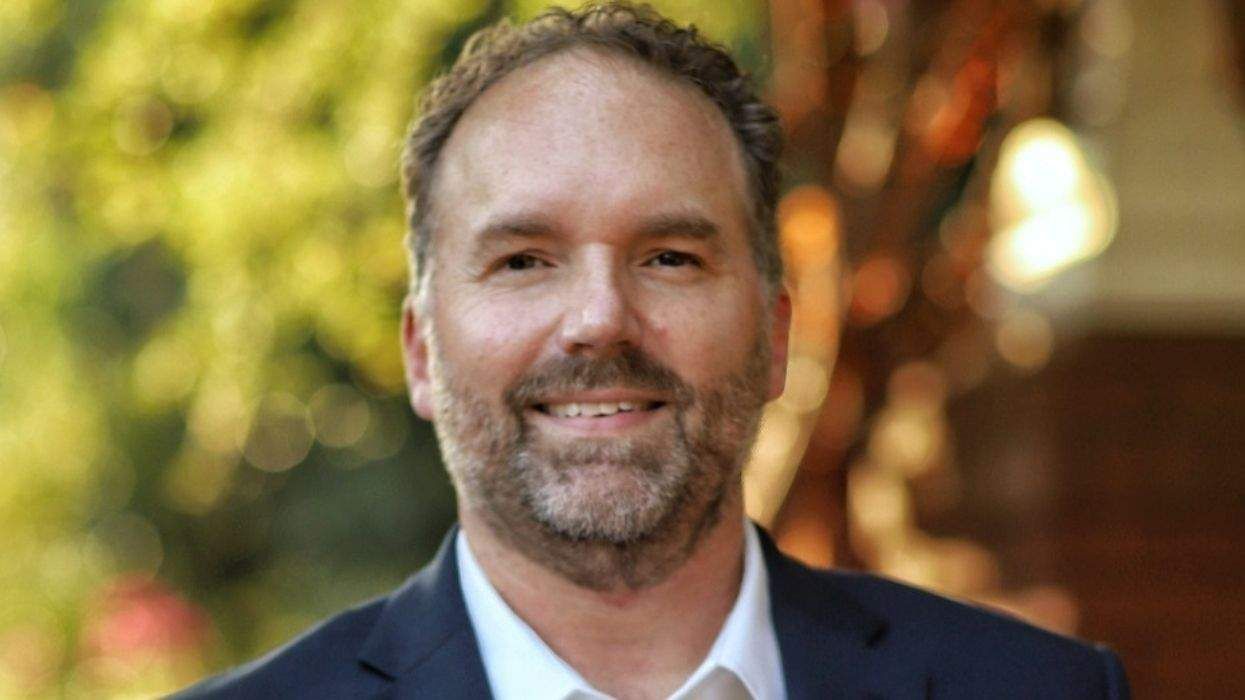






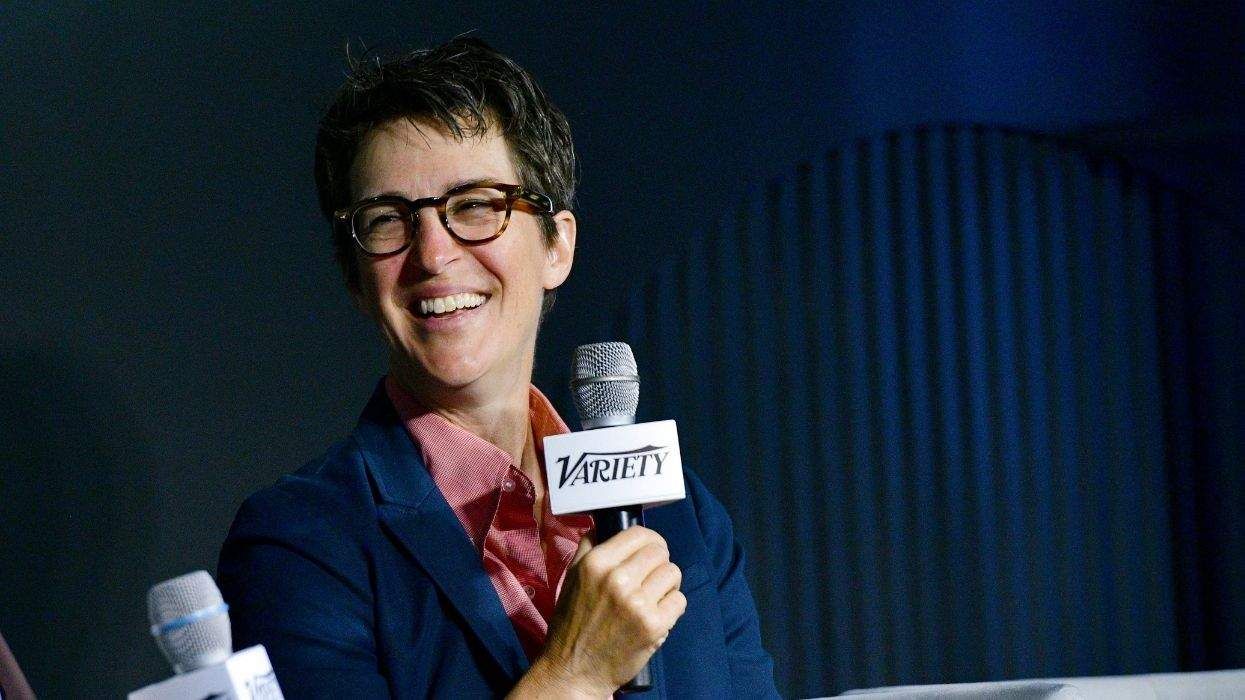


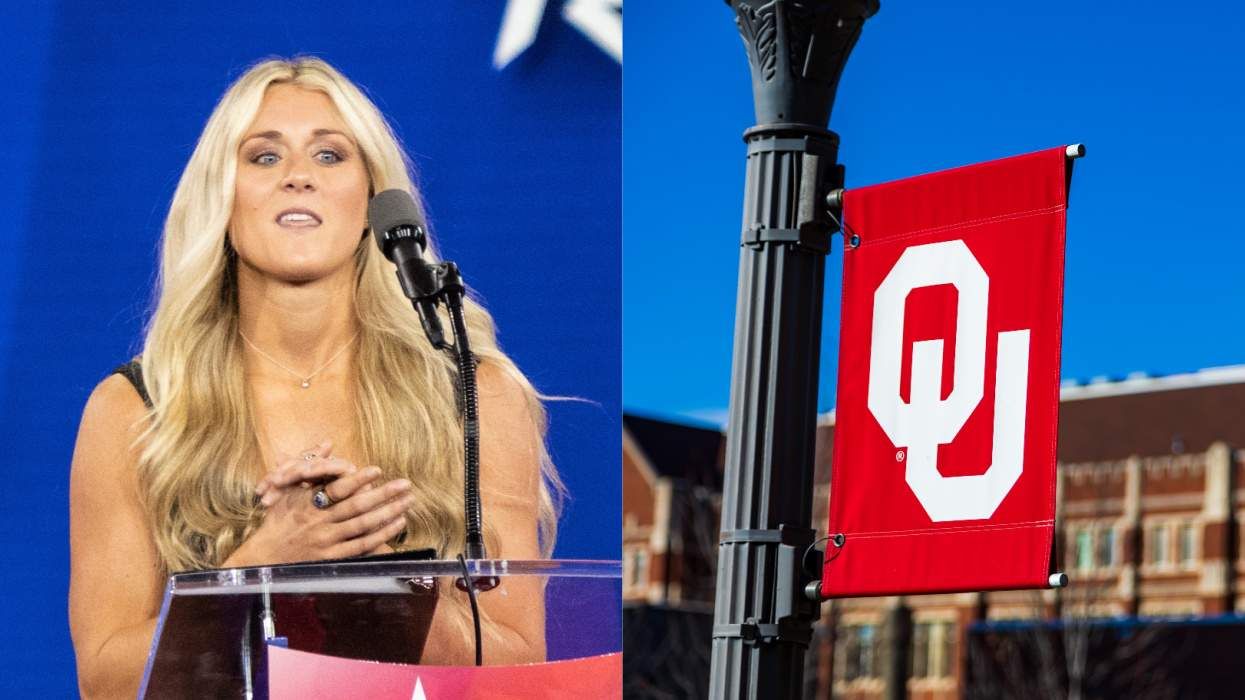


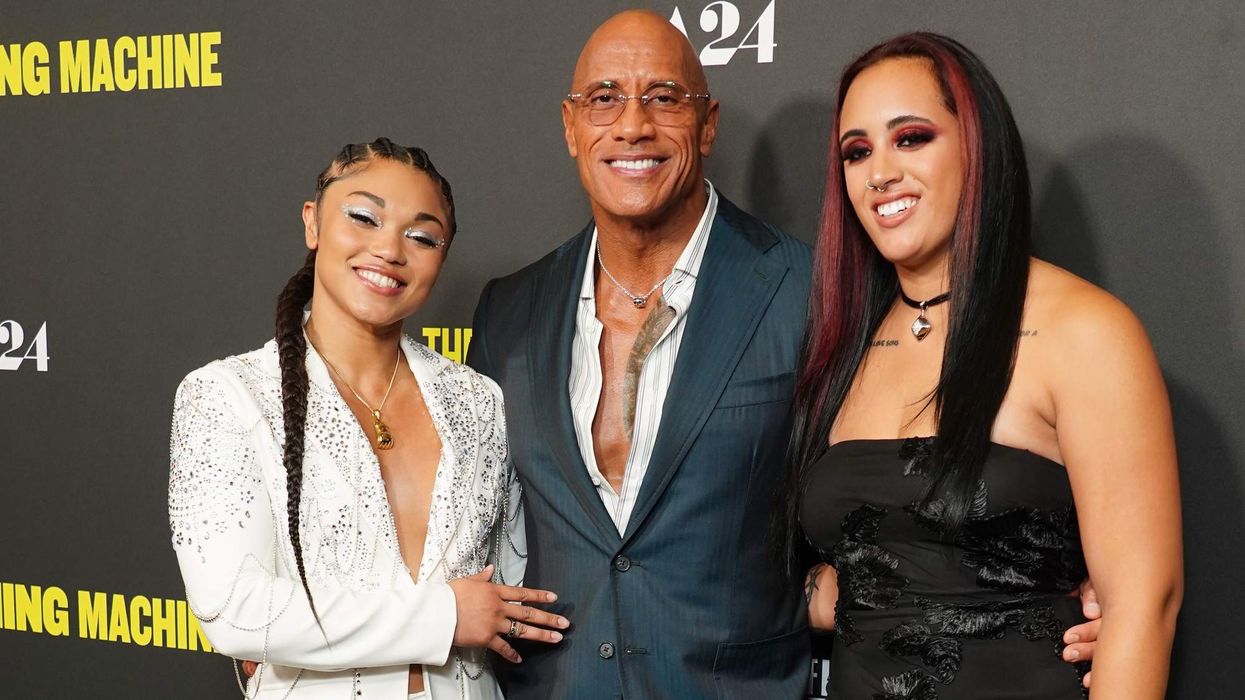
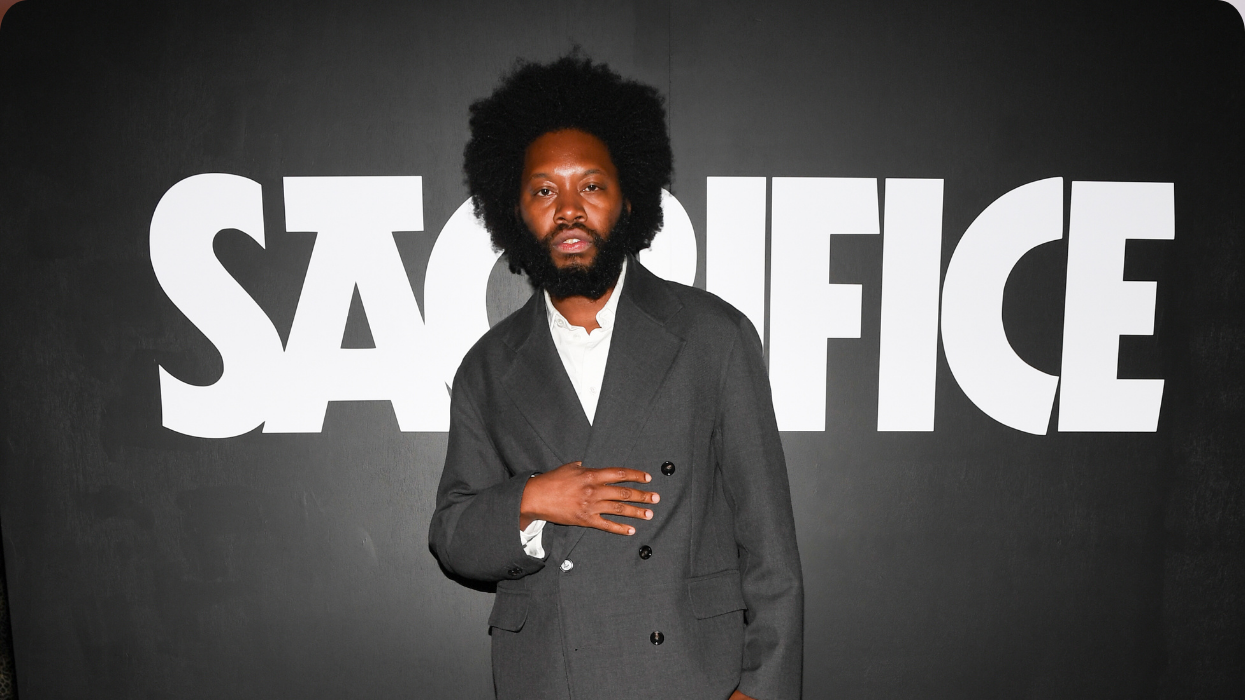
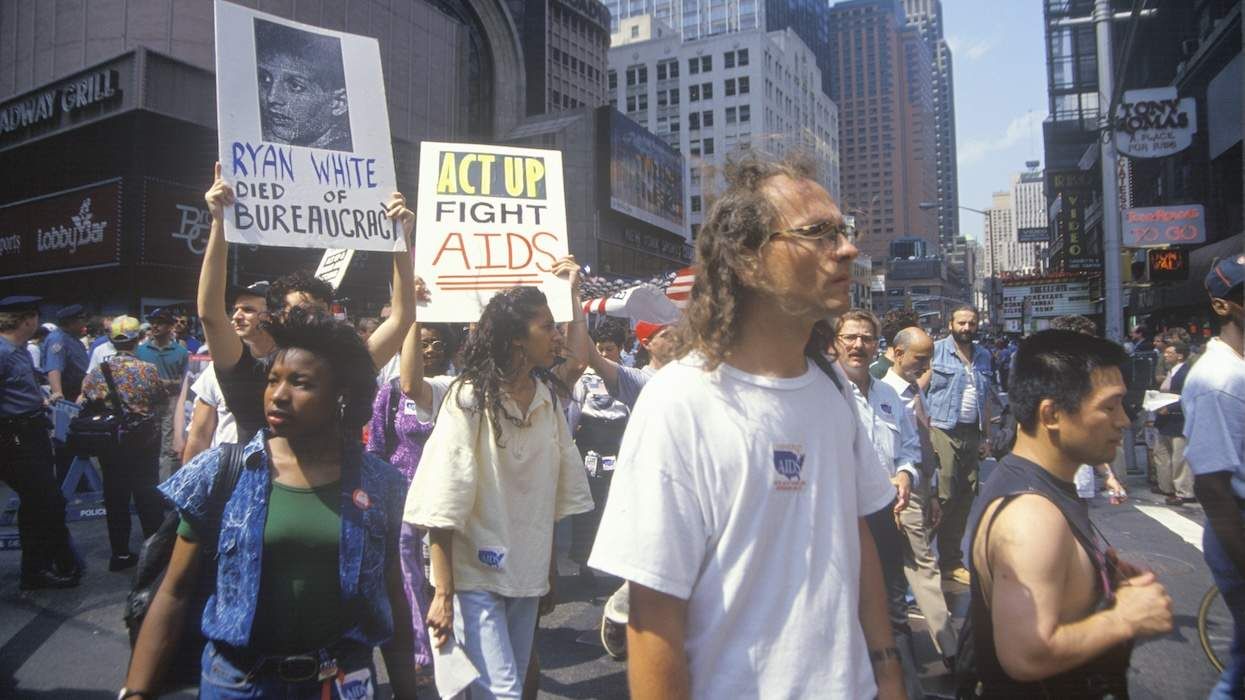


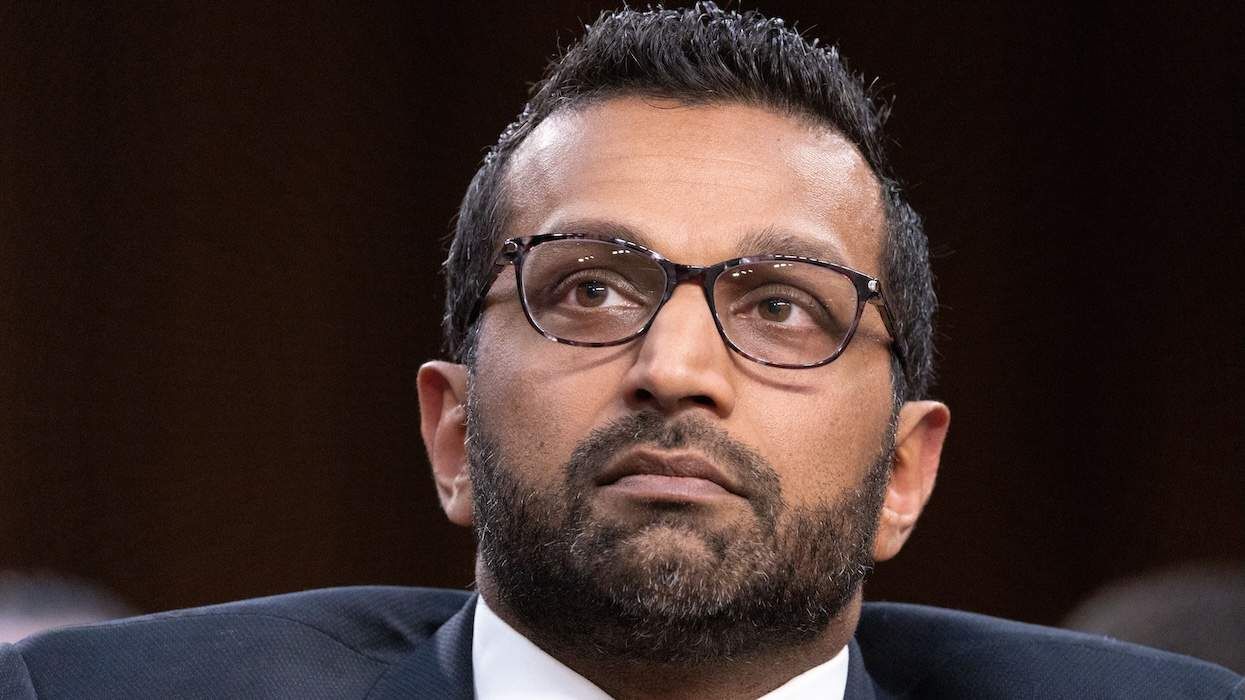
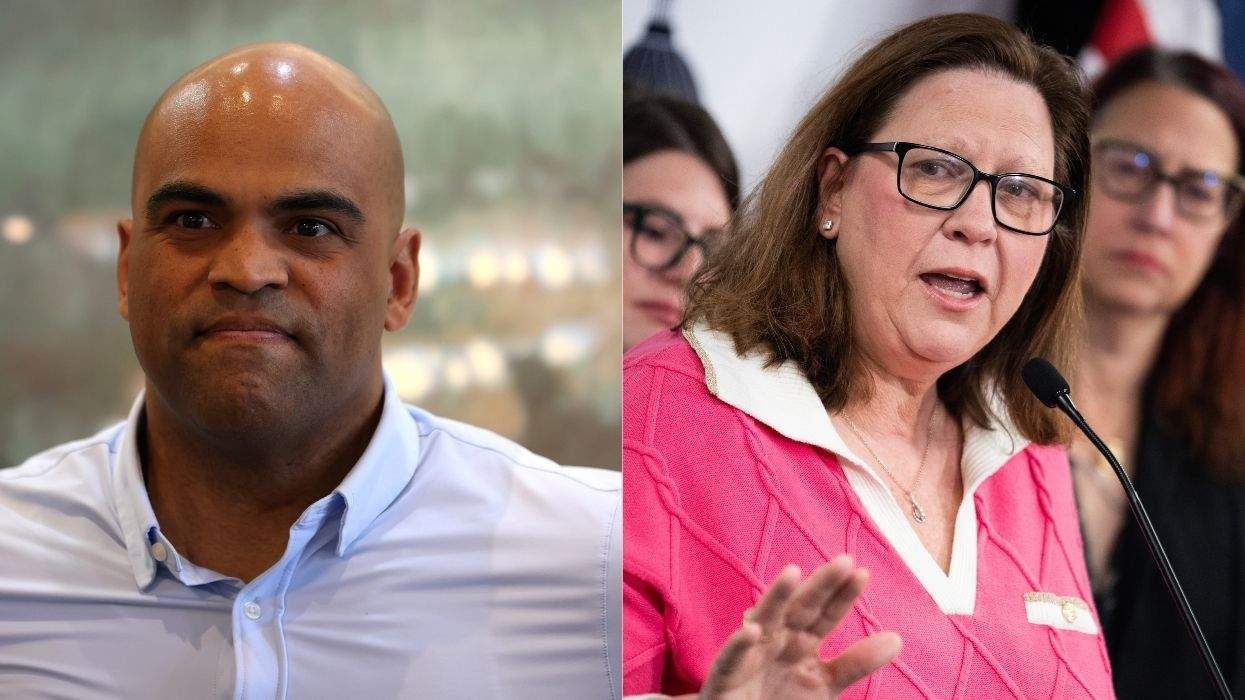



















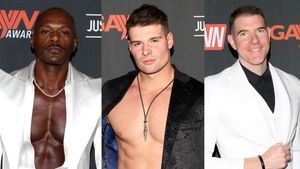




















Charlie Kirk DID say stoning gay people was the 'perfect law' — and these other heinous quotes